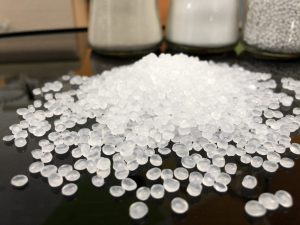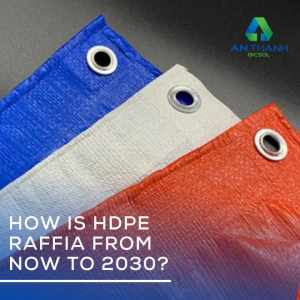Having closed June deals with 3-digit drops, European PP and PE players are bracing for further drops next month amid ample supplies and weak demand. Monomer expectations also emerged softer given the growing disparity between spot prices and the contract levels.
Spot monomer prices are 16% below June contract levels
According to ChemOrbis Price Wizard, spot propylene and ethylene prices currently stand 16% below their settlement levels for June at €1600/ton for propylene and at €1595/ton for ethylene.
July monomer expectations emerged €50-60/ton lower for ethylene and propylene. Spot ethylene and propylene prices currently trade at par at around €1370/ton FD NWE after posting slight decreases from early June.
PP players contemplate the gap between monomer contract levels and polymer prices wouldn’t be sustainable as producers lament about tight margins. European PPH was traded at €1600/ton FD level on the low end of the price ranges during June.
March-Apr hikes brought markets to a standstill
European PP and PE prices extended losses into the second month in June. Polyolefin players commented that hefty hikes back in March and April may have led to demand destruction. Prices hit fresh records back then after 3-digit hikes each month pushed PP prices and some PE grades to unforeseen levels.
Sizeable discounts fail to stimulate buying interest
Since converters sit on comfortable stocks, hefty drops failed to boost purchasing activity. Sellers cut their prices further to speed up sales, but to no avail. Some distributors confirmed receiving additional discounts from their suppliers given high stocks and weak demand.
Converters generally stuck to a hand-to-mouth purchasing strategy in order to minimize their risks, citing bearish expectations for July and ample availability for certain grades.
Prices have room for further decreases, with expectations calling for drops of €50-100 for PE and beyond that for PP. Decreases in resin prices are believed to be larger than potential monomer drops given ample polymer availability.
Sellers destock amid thin spot activity
Persistently weak demand triggered price competition among sellers, who felt the pressure from growing stockpiles. There were a number of offers from different origins, with non-European prices putting pressure on regional spot markets. A participant said, “Demand in West European markets is rather weak due to the competitive pressure from Mid-eastern suppliers.”
Although suppliers continued to report short availability from the US due to lingering logistics issues, their absence has been filled by a variety of alternative sources from the Middle East. Export prices out of the US were pressured by weak demand, meanwhile.
US PE offers for July emerged €50/ton below June levels at €1780/ton for LDPE film and €1680/ton for HDPE film, all on DDP, 60 days basis.
LDPE and HDPE b/m under more visible pressure
HDPE b/m and LDPE film grades witnessed a stronger pressure among other products. Some traders even offered HDPE b/m, injection and film grades below the €1600/ton FD threshold by mid-June. LDPE prices touched their lowest levels since February, according to ChemOrbis Price Index. Data also suggested that PPH and PPBC in. markets hit around a 15-month low in June.
Meanwhile, the mLLDPE C6 film market became more balanced after several months of shortage.
Will buyers return to replenish stocks?
Players are curious about to what extent prices will continue to fall as still-high production costs made polymer producers think of rate cuts to rebalance supply levels and preserve their margins.
The vast majority of players find it less likely that converters will return to replenish their stocks ahead of the summer season amid weaker consumer confidence. Rising inflation and overall negative economic sentiment continue to keep end consumption limited. Plus, utility costs moved back up after Russia cut down on gas flows to Europe, which wreaked havoc on manufacturing activities.
That is to say, demand may not recover to an important extent heading into the summer period, when manufacturing plants will undergo planned maintenance shutdowns. Yet, trading activity may gather some momentum only if buyers decide to restock for the post-holiday period, namely September, taking advantage of low resin prices.
(Source: chemorbis)









